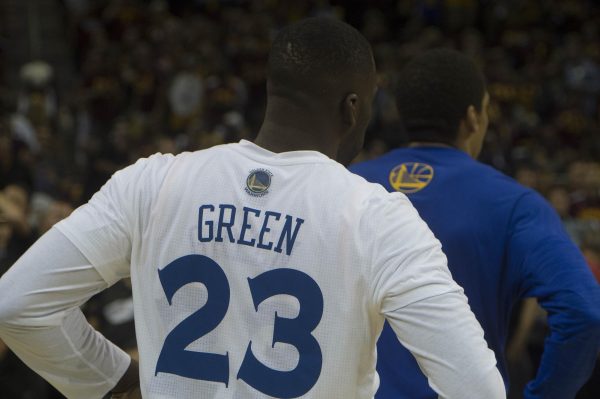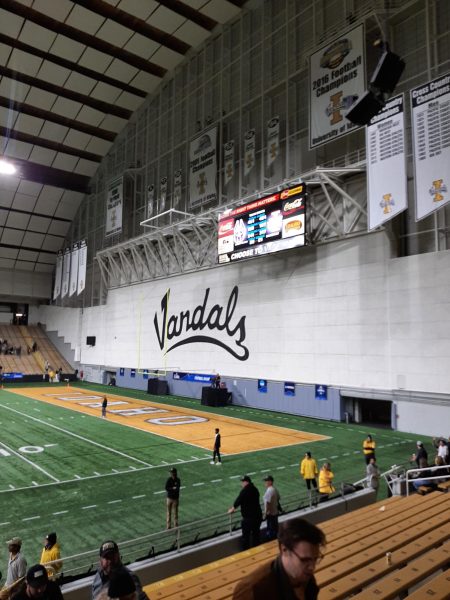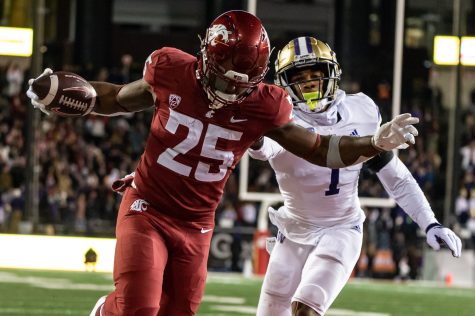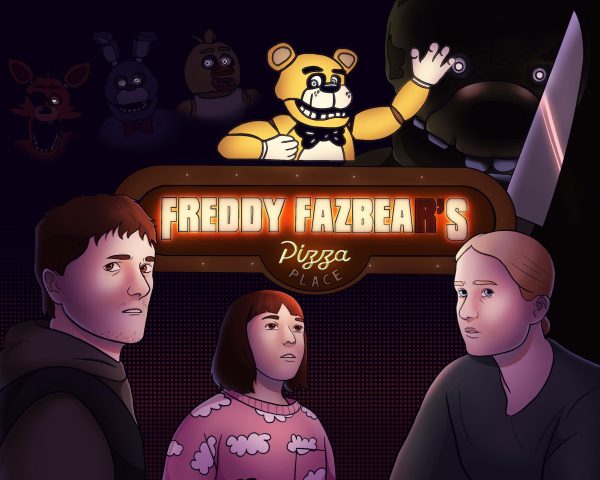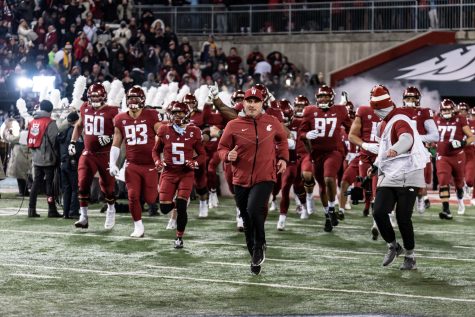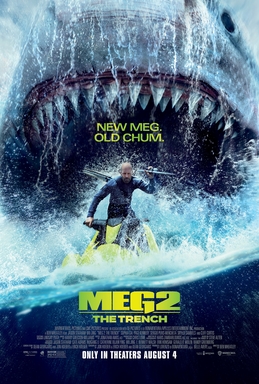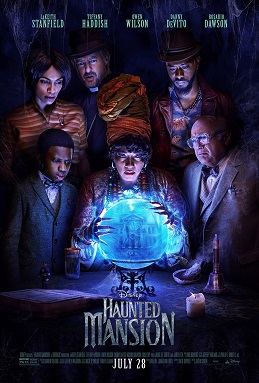Baseball, football, basketball, and Starcraft
November 20, 2014
I still remember the first professional baseball game that I ever attended. Fenway Park was a beautiful display of chaos as thousands of Bostonians funneled into the stadium. Fans shouted obscenities at the visiting team from New York and bolstered the morale of the Sox as they took the lead and eventual victory.
Sports are a huge venue for revenue and are one of the largest forms of entertainment in the country. However, there is a new dawn of competition that has been building support for roughly the last ten years in the form of video games. Electronic sports, abbreviated as esports, began in 2002 with the creation of Major League Gaming (MLG).
The MLG set up a competition with the goal of pitting the best of the best at video games against each other. With an original lineup starring legendary titles such as “Halo: Combat Evolved,” and “Super Smash Brothers: Melee and Unreal Tournament 2” the MLG set out to change the nature of sports. This leads us to a specific question though; can esports really be considered real sports?
To answer this one must first ask, what is the definition of a professional sport? According to one of my dear uncles, it is a paid competition with clear objective scoring. In other words, the audience must be able to know exactly what actions reward specific points. Under this definition both gymnastics and diving are professional competitions, not sports, because there is a subjective human element that determines the quantity of points awarded.
In contrast, video games almost always have an objective goal that needs to be achieved in order to win. In competitive gaming this takes the form of destroying all of the opponent’s forces, outlasting an opponent in a fight, or simply by scoring more points than the enemy before a predetermined time is up. Video games are certainly not athletic, and I would not advocate that anyone categorize them in such a light. However, if two parties play each other for money in a video game, then we can say that they are participating in a professional sport.
Since the founding of MLG there have been numerous games that have been included in the professional circuit. Strategy games such as “Starcraft,” “League of Legends,” and “Defense of the Ancients,” have become huge spectator events. What originally started as a garage full of talented nerds getting together to play some games has transformed into full-fledged events. Just two weeks ago almost 9,000 people packed into the Anaheim Convention Center in order watch the live world finals for “Starcraft II.”
It is clear that esports have come a long way in the last 12 years, but will this success continue to build on itself? If developers have any say in the matter, video game competitions will only become larger. With an exception of Nintendo, most major game corporations such as Valve, Blizzard, and Activision have been fully supporting MLG. In fact, the amount of money featured for the “Starcraft II” event totaled at $1.6 million in the prize pool.
Tons of people find enjoyment from watching live athletic sports. Games are full of unanticipated outcomes, errors, and remarkable plays. Although esports do not nearly have the fan base of corporations such as the National Football League, or Major League Baseball, they are certainly gaining support. According to MLG statistics, the 2011 national championships held in Providence, Rhode Island, drew a peak of 241,000 concurrent online viewers.
As an avid gamer, I can easily say that I would much rather watch an athletic sport over a digital one. However, it would be foolish to ignore the potential of this growing sector in the entertainment world.










